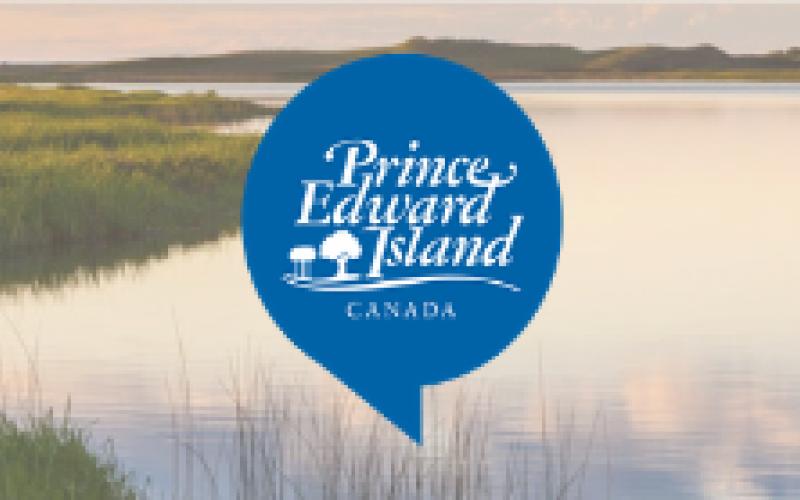Eau
Anoxic events are a common occurrence in Island estuaries and ponds during the summer months. Symptoms of an anoxic event include:
floating mats of dead or dying algae,
milky white or green discolouration of the water,
Sulfur (H2S) or 'rotten...
Cyanobacteria, or blue-green algae blooms, are not common in PEI but can be a concern as some strains can produce toxins that are harmful to human or animal health. In PEI cyanobacteria can be found in shallow, warm, and slow moving or still water (...
Dans le cadre de l’élaboration d’une stratégie d’irrigation pour les règlements pris en application de la Water Act (loi sur l’eau), les Insulaires ont été invités à offrir leurs commentaires sur un document de discussion de la Stratégie d’irrigation....
The Government of Prince Edward Island is funding research on environmental flows in the province over five years starting in 2016 that will inform decisions around water usage in the future. This is a significant piece of work that will determine the...
What kinds of wells need a permit?
The following types of wells require a Water Withdrawal Permit in order to use the well:
high-capacity wells;
low-capacity wells; or
wells used to supply a central water supply system
A low-capacity well...
L’Île-du-Prince-Édouard suit les Recommandations pour la qualité de l’eau potable au Canada pour évaluer la salubrité de l’eau potable et son utilisation à des fins domestiques. Les valeurs les plus importantes sont les « concentrations maximales...
Nitrate is a form of nitrogen. It can readily dissolve in water and can travel easily through soil to the water table. As a result, nitrate is common in our groundwater, ponds, streams, and estuaries.
Human activity is responsible for over 90% of...
Les bouteilles de prélèvement pour l’analyse chimique et bactériologique des échantillons et les formulaires requis sont disponibles dans les centres Accès Î.-P.-É. ou aux Laboratoires d’analyse de l’Î.-P.-É., 23, voie de l’Innovation, Charlottetown....
Each year people see things in streams, ponds and estuaries that cause concern, but this does not mean that the water is polluted. Often, there is a natural cause for these conditions.
If you are concerned about water quality because of something you...
La Water Act (loi sur l’eau) de l’Île-du-Prince-Édouard renforce la façon dont nous gérons et protégeons nos ressources hydriques naturelles ainsi que nos écosystèmes de soutien. La loi régit l’extraction et l’utilisation des eaux souterraines et de...
Document de discussion de la Stratégie d’irrigation
Le règlement sur le prélèvement de l’eau a été modifié pour appuyer la mise en œuvre d’une stratégie d’irrigation pour l’Île-du-Prince-Édouard. La stratégie d’irrigation vise à orienter l’utilisation...
Le règlement sur les systèmes d’évacuation des eaux d’égout sera transféré de la Environmental Protection Act (loi sur la protection de l’environnement) à la Water Act (loi sur l’eau). Comme l’exige la Water Act, le règlement a été soumis au Comité...
The Water Extraction Permitting Policy is the prime instrument utilized by the Department to make decisions around the use of both surface water and groundwater. The policy provides for sustainable protection of the province’s water resources and...
